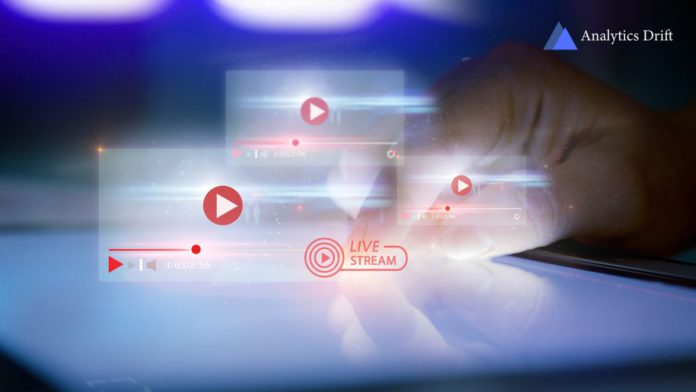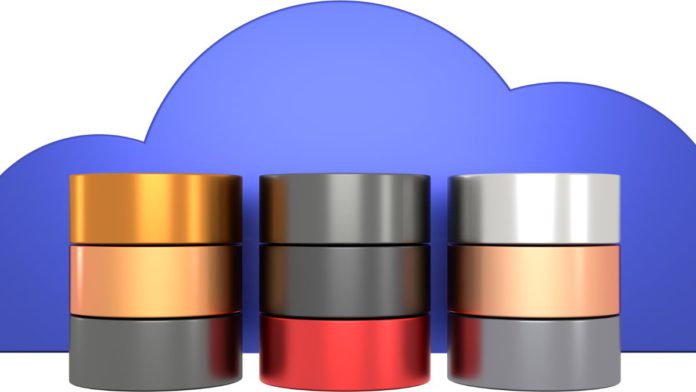In an era of continuously changing digital environments, businesses and content creators seek innovative ways to improve online visibility. Integrating artificial intelligence (AI) into Search Engine Optimization (SEO) practices presents a groundbreaking approach to achieving this goal. This article explores the transformative potential of AI in revolutionizing SEO strategies, offering insights into how businesses can stay ahead in the digital game.
The Evolution of SEO
SEO has long been the backbone of digital marketing strategies, enabling websites to rank higher on search engine results pages (SERPs) and attract more organic traffic. Traditional SEO strategies have focused on keyword optimization, backlinking, and content relevance. However, as search engine algorithms become more sophisticated, the need for more advanced SEO techniques has become apparent.
Traditional vs. AI-Enhanced SEO
| Aspect | Traditional SEO | AI-Enhanced SEO |
| Keyword Research | Manual, based on tools and intuition | Automated, with predictive capabilities |
| Content Optimization | Based on SEO best practices | Dynamic, using real-time data analysis |
| User Experience | Often secondary to keyword optimization | Central, with personalized user journeys |
| Analytics | Periodic analysis | Continuous, actionable insights |
The Role of AI in SEO
AI is poised to transform the SEO field by automating intricate processes, offering deeper insights into user behavior, and customizing the user experience. AI technologies, such as machine learning and natural language processing, enable search engines to understand and predict user intent more accurately, making it essential for SEO strategies to adapt.
Automating SEO Tasks
AI can automate repetitive SEO tasks, such as keyword research and content optimization, freeing up time for SEO professionals to focus on strategy and creativity. This automation also extends to technical SEO, where AI can identify and fix issues that may affect a site’s search engine ranking.
Enhancing Content Relevance
AI’s ability to analyze vast amounts of data in real-time allows for the creation of more relevant and engaging content. By understanding the nuances of user intent, AI can help tailor content that meets the specific needs and preferences of target audiences, increasing the likelihood of conversion.
Improving User Experience
AI technologies can personalize the user experience on websites by analyzing user behavior and preferences. This personalization not only enhances user satisfaction but also signals to search engines that a website is providing valuable content, further improving SEO rankings.
Can AI Automate SEO?
The question of whether can AI automate SEO is one that sparks considerable interest among digital marketers and SEO professionals. While AI can significantly enhance and streamline many aspects of SEO, it’s important to recognize that human oversight remains crucial. The strategic and creative elements of SEO, such as understanding brand identity and crafting compelling narratives, are areas where human expertise is irreplaceable.
The Synergy of AI and Human Expertise
The most effective SEO strategies will leverage the strengths of both AI and human expertise. AI can provide the tools and insights needed to optimize content and user experience, while humans can apply these insights within the context of broader marketing goals and brand values.
Navigating the Future of SEO with AI
As AI continues to evolve, staying informed about the latest technologies and trends will be key for businesses looking to maintain a competitive edge in SEO. Embracing AI-enhanced SEO requires a willingness to experiment and adapt, as well as an understanding of the ethical considerations related to data privacy and AI.
Steps to Integrating AI into SEO Strategies
- Invest in AI Tools: Explore AI-powered SEO tools that can automate tasks and provide actionable insights.
- Focus on Quality Content: Use AI to enhance content relevance and engagement, but ensure it aligns with your brand’s voice and values.
- Monitor and Adapt: Continuously monitor the performance of AI-enhanced SEO strategies and be prepared to adapt based on results and emerging trends.
Final Reflections
The integration of AI into SEO opens up a realm of possibilities for improving online visibility and engagement. By automating tasks, offering deeper insights, and customizing the user experience, AI can significantly boost the effectiveness of SEO strategies. However, successfully using AI in SEO requires balancing technological innovation and human creativity. As we explore this exciting new territory, the collaboration between AI and human expertise will be the key to unlocking the full potential of SEO in the digital era.











